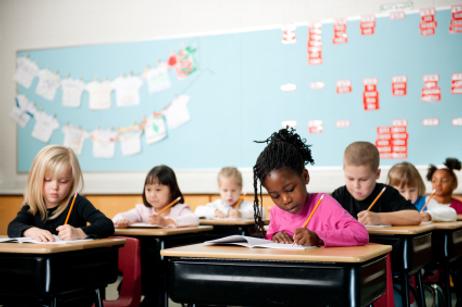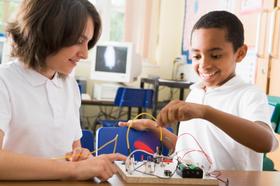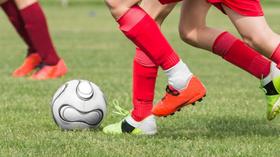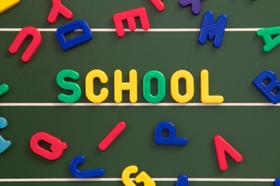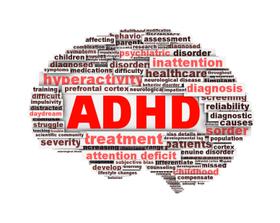Cell phones have become an artificial appendage to many adults today, and teenagers have followed suit on this trend. However, many middle and high schools have adopted serious restrictions on cell phone use during school hours, with some schools still requiring students to keep cell phones completely out of sight as long as classes are in session. Other schools are beginning to lift many of those restrictions as teachers realize the learning potential inside these small handheld devices. While the specific rules depend on each school, the consensus is that cell phones, when used properly, can enhance the academic experience.
The Cell Phone Controversy
When students first began carrying cell phones, educators saw them primarily as a distraction in the classroom. Even more concerning was the fact that some students quickly learned how to use these devices to cheat on tests in class. The kneejerk reaction by many schools was to ban cell phones altogether, creating policies that would allow for confiscating phones that were seen in halls or classrooms during school hours.
However, Mind Shift reports that as phones become a more prevalent feature in daily life, some schools are rethinking their strict policies. According to this publication, Students are beginning to lament that cell phone restrictions are one of the greatest obstacles in bringing technology into the classroom. As more teachers find uses for those tiny computing devices, some are also beginning to side with the students on this issue.
The



